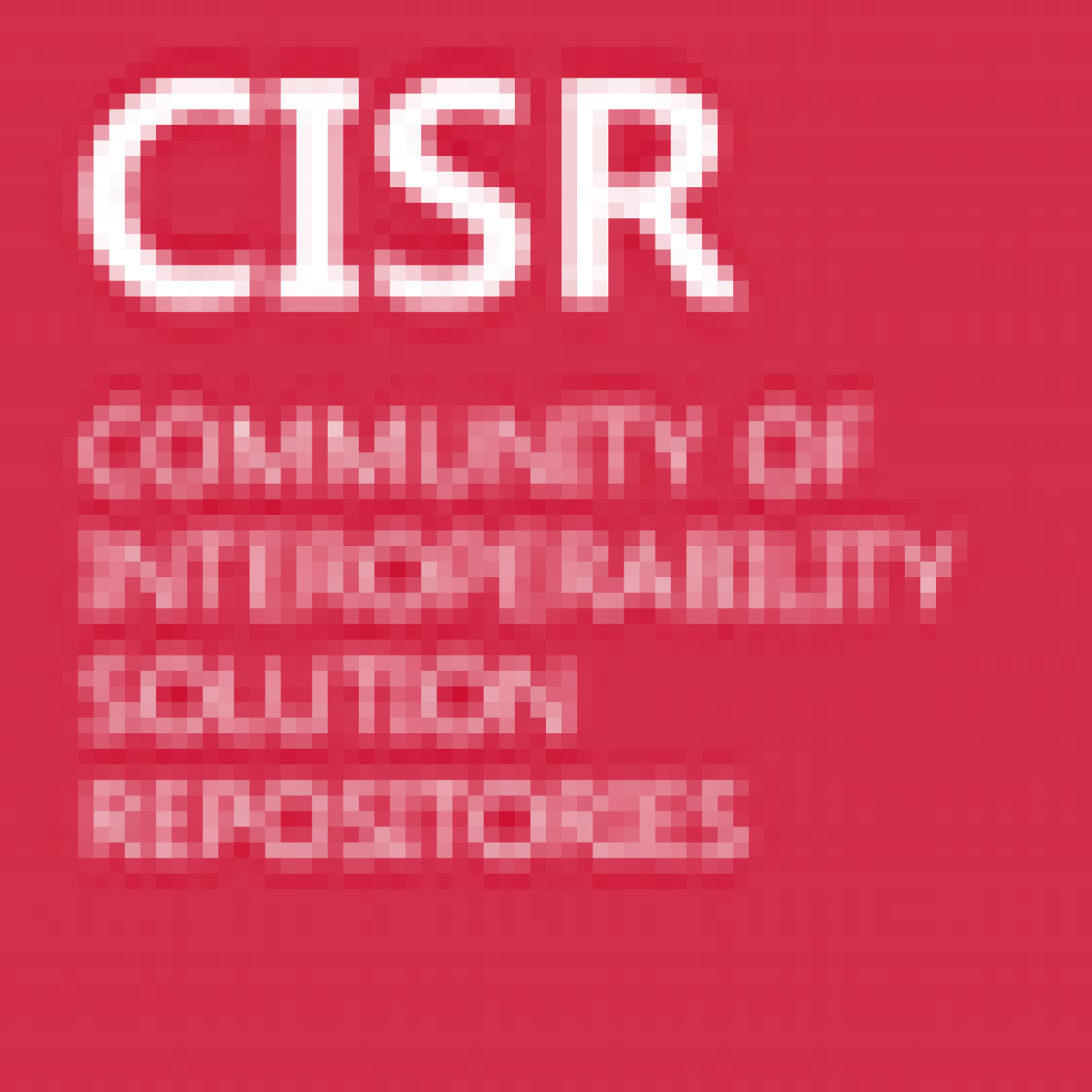What is ADMS
The Asset Description Metadata Schema (ADMS) is a specification used to describe reusable solutions, such as data models and specifications, reference data and open source software. It was created with the help of a working group of experts. On 1 August 2013, W3C published ADMS as a W3C Working Group note.
ADMS allows:
- Solution providers, such as standardisation organisations and public administrations, to describe their solutions and share the standardised metadata across platform, hence increasing the discoverability of the solutions;
- Content aggregators, such as Joinup, to aggregate such descriptions into a single point of access;
- ICT developers and researchers to more easily explore, find, identify, select and obtain interoperability solutions from a single point of access.
Read more on the ADMS community on Joinup and on the Community of Interoperability Solution Repositories.
Who is using ADMS
The projects that are implementing ADMS can be found at the SEMIC map.
Read more about ADMS
|
Title |
Description |
|
(June 2015) |
This paper, published in the International Journal on Semantic Web and Information Systems presents how opening up basic business data and making it available in machine-readable formats increases its reuse. National business registers, tax authorities and others are currently holding such data. |
|
Realising a Federation of Repositories of Reusable Metadata (September 2013) |
This paper, presented in Lisbon during the DCMI International Conference on Dublin Core and Metadata Applications, presents the current state of the federation of semantic asset repositories on Joinup, namely a set of online collections of semantic assets maintained by public administrations, businesses and standardisation organisations described using the Asset Description Metadata Schema (ADMS) |
|
Towards semantically interoperable metadata repositories: The Asset Description Metadata Schema (January 2013) |
This paper, published in Computers in Industry journal, introduces the Asset Description Metadata Schema, an initiative of the ISA programme of the European Commission, which aims to deliver a common metamodel for semantic interoperability assets. |
|
Generate software description metadata from a spreadsheet with Refine RDF (September 2012) |
This article shows how you can generate ADMS.SW-compliant descriptions of your software from a spreadsheet using the RDF extension to Google Refine. |
|
Asset Description Metadata Schema for Software (ADMS.SW) (June 2012) |
By using ADMS.SW to describe software in software forges, repositories, and catalogues, publishers increase discoverability and enable applications easily to consume software metadata. |
|
How to describe semantic interoperability assets in an ADMS compliant way? (June 2012) |
ADMS, expressed in RDF and XML, enables Member States to describe semantic assets in a common way. Once ADMS descriptions are available, semantic assets can easily be shared across borders. |
|
SKOS used to publish the controlled vocabularies defined in ADMS on the Web (May 2012) |
SKOS, the Simple Knowledge Organisation System, is a common data model for sharing controlled vocabularies such as code lists, thesauri, and taxonomies via the Web in a machine-readable format. Six controlled vocabularies, specified as part of the Asset Description Metadata Schema v1.00 (ADMS), have been published on the Web using the SKOS vocabulary. |
|
Generate ADMS asset descriptions from a spreadsheet with Refine RDF (April 2012) |
This article shows how you can generate ADMS-AP descriptions of your interoperability solution from a spreadsheet using the RDF extension to OpenRefine released by DERI‘s Fadi Maali and Richard Cyganiak. |
|
RIHA semantic asset repository (Estonia) (March 2012) |
This case study presents the main figures and characteristics of RIHA, the Estonian semantic asset repository. |
|
Digitaliser.dk Semantic Asset Repository (Denmark) (March 2012) |
This case study presents the main figures and characteristics of Digitalisér.dk as a semantic asset repository. |
|
Yhteentoimivuus.fi semantic asset repository (Finland (March 2012) |
This case study presents the main figures and characteristics of Yhteentoimivuus.fi, the Finish semantic asset repository. |
|
(February 2012) |
This document formulates the vision for better interlinking on-line software repositories. This can be achieved by creating an enhanced software description metadata specification that will allow software forges to exchange more information about their software projects and software assets. In addition to this, this report analyses the benefits and costs of constructing and maintaining an EU-wide software catalogue for public administrations on the Joinup platform. |
|
Joinup Semantic Asset Licensing Framework (January 2012) |
The Joinup Semantic Asset Licensing Framework is a light weight system to acquire legal information about semantic assets stored in the Joinup platform, to link that legal information to the asset and to allow users of the Joinup platform to filter assets based on that legal information. It also establishes a system for the production of assets on the Joinup platform, the ISA Collaborator Licence Agreement v1.0, and a licensing model for Joinup's own assets, the ISA Open Metadata Licence v1.0, with a focus on optimal conditions for re-use of those assets. |
|
Towards Open Government Metadata (January 2012) |
Position paper on the promotion of Open Government Metadata as an important facilitator and enabler for semantic interoperability. |
|
The Asset Description Metadata Schema - Case Study (July 2012) |
This case study explains why the publication of e-Government metadata on the Web is an important enabler for semantic interoperability. |



